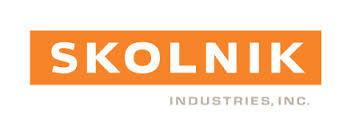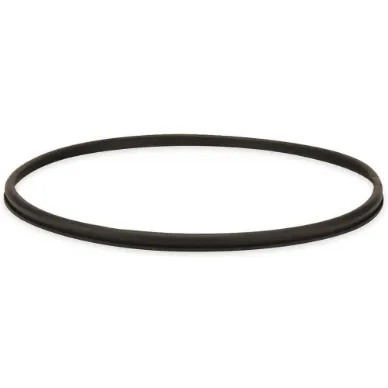The brand's catalogue includes salvage, stainless steel, carbon steel, seamless crevice-free, wine barrel, lever lock closure, overpack and crevice-free drums. Skolnik salvage drums are ideal for shipping / transferring damaged, non compliant or leaking drums containing hazardous materials. These drums are constructed from carbon steel for withstanding large knocks and blocks during transportation. These drums are made of heavier & thicker material to comply with international regulations. They have corrosion-resistant epoxy phenolic lining for durability. These drums have bright colour paints with salvage drum warnin, enabling easy drum identification in drum lots. The lids of these drums can be safely fastened in place using a lid ring & bolt arrangement.
See More
 Change Country
Change Country



